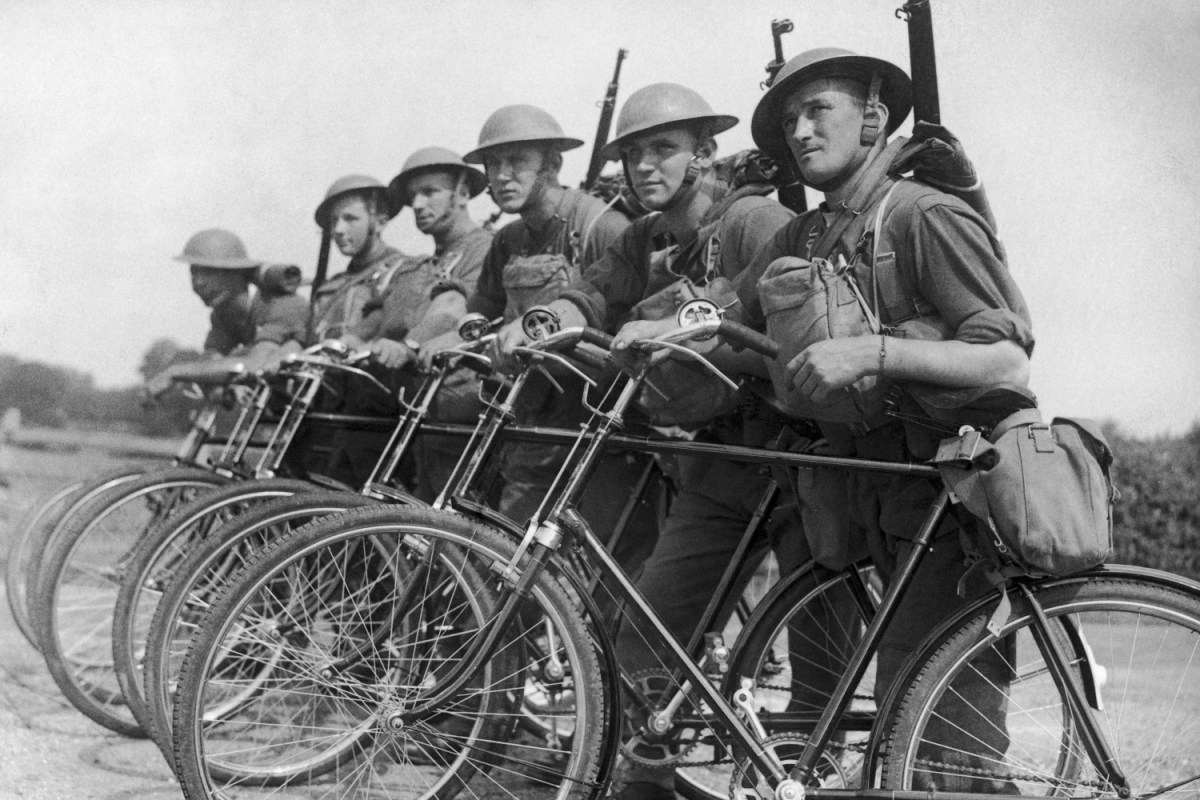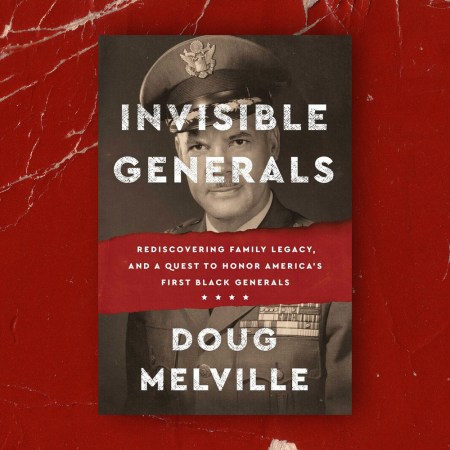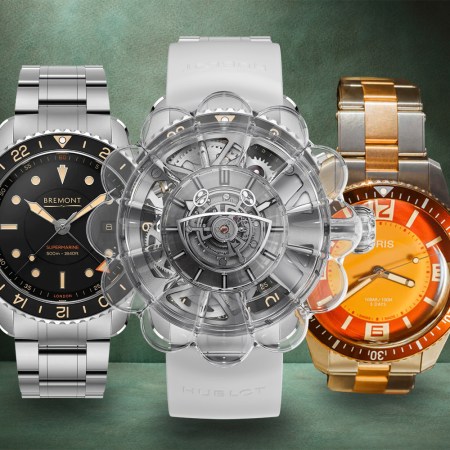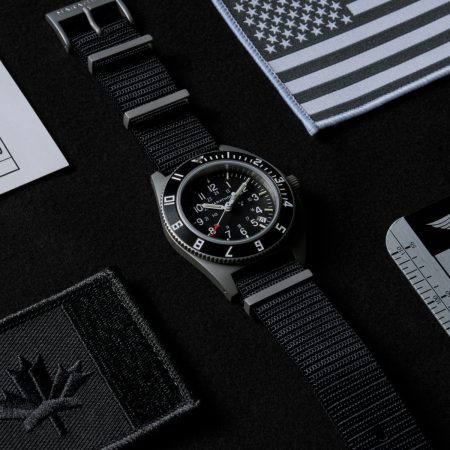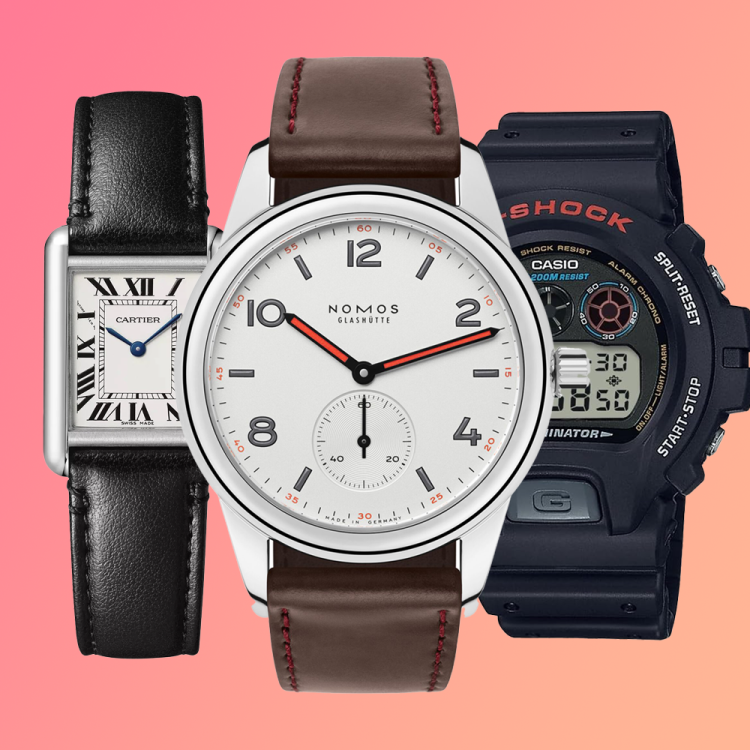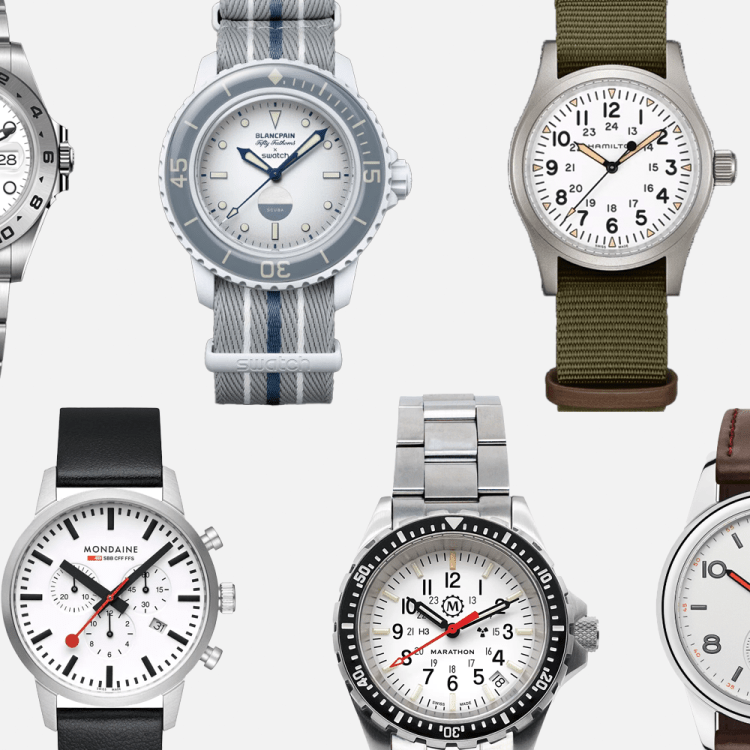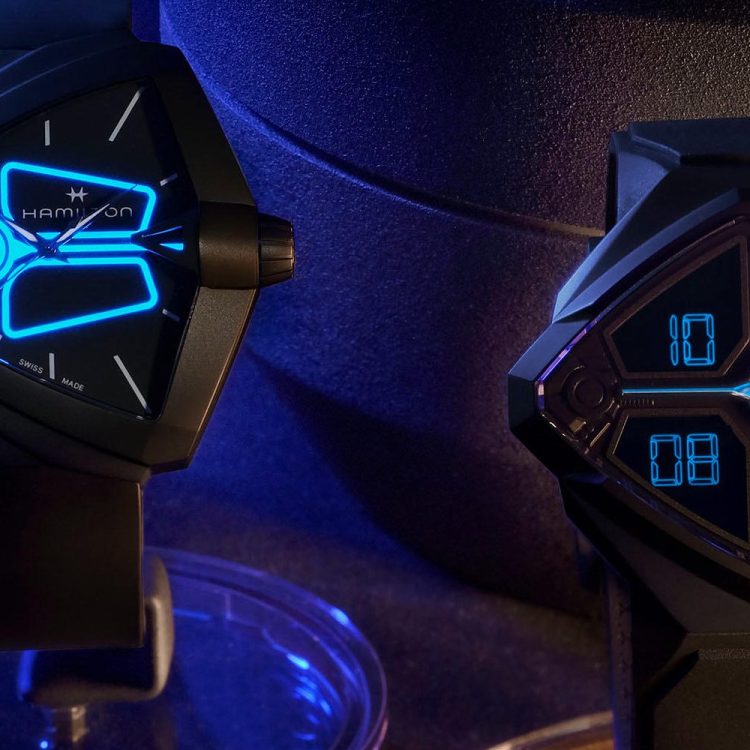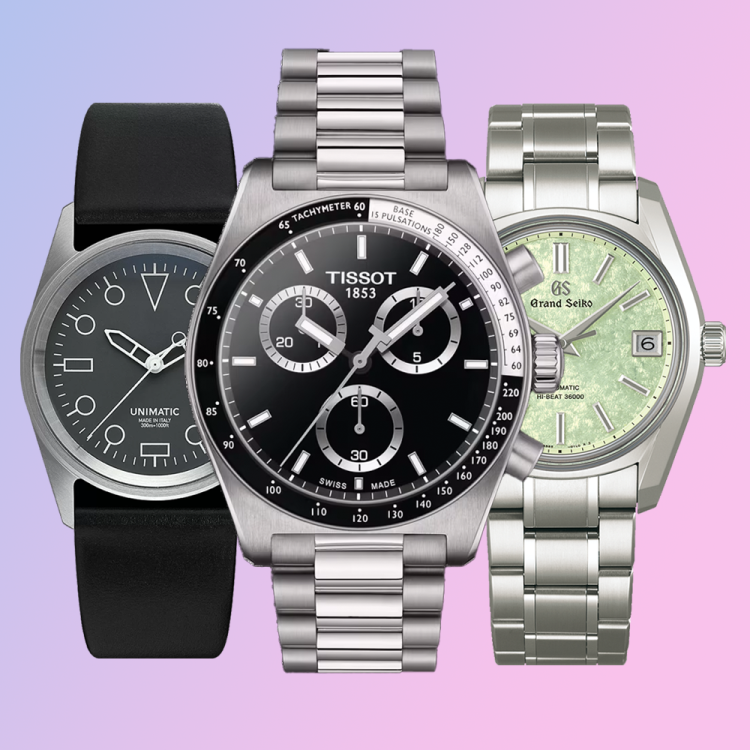The history of style overlaps with military history in unexpected ways. Pockets author Hannah Carlson made a convincing case for the impact of World War II on menswear in her recent book — and that’s not the only world-historic event that’s had an impact far outside of the realms of warfare and diplomacy. If you’re currently wearing a watch, it’s entirely possible that the roots of that practice head back more than a century — specifically, to World War I.
That’s the big takeaway from a recent Task & Purpose article by Jeff Schogol. Schogol spoke with Stan Czubernat, author and founder of LRF Antique Watches, who pointed out that soldiers fighting in World War I found wristwatches much more convenient than any other options.
“Rather than fumbling around and reaching into your pockets to pull out your pocket watch, all a soldier had to do was look at his wrist,” Czubernat told Task & Purpose. As he pointed out, the war accelerated a trend away from pocket watches that had already begun prior to the outbreak of fighting. For some soldiers fighting in the war, Czubernat said, their watches came courtesy of the Army; for others, the watches they used were their own.
You Can’t Tell the History of Menswear Without the History of Pockets
Hannah Carlson on getting to the bottom — literally and figuratively — of “Pockets”In the decades that followed the end of World War I, some watches worn in the conflict have become collectors’ items and the centerpieces of high-profile auctions. As an article on AntiqueSage once stated, “it is a wonder that any of these historically important World War I artifacts have survived intact for today’s vintage watch connoisseurs to enjoy.” And yet they have — artifacts from a moment in time when form and function converged in a critical way.
This article was featured in the InsideHook newsletter. Sign up now.
